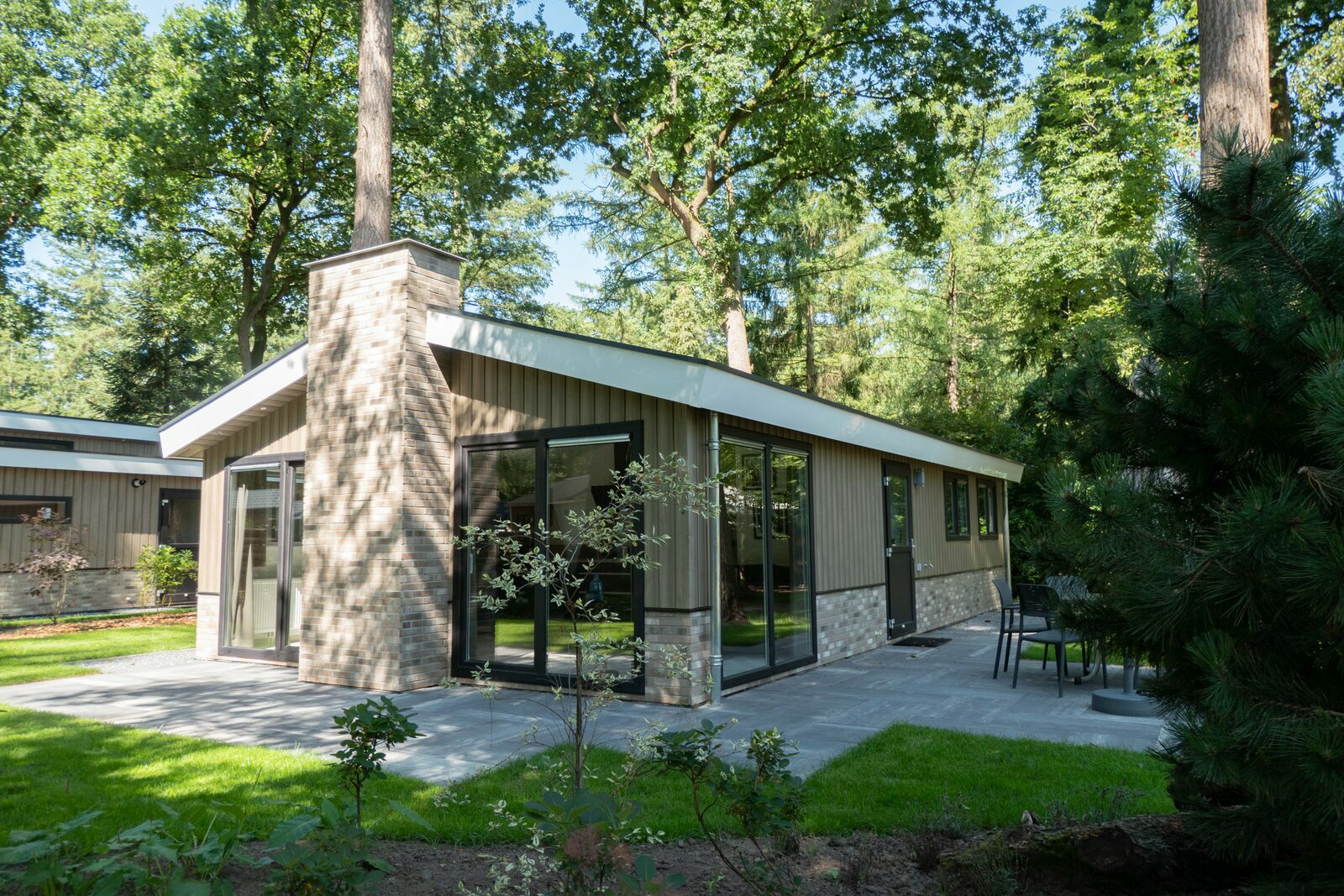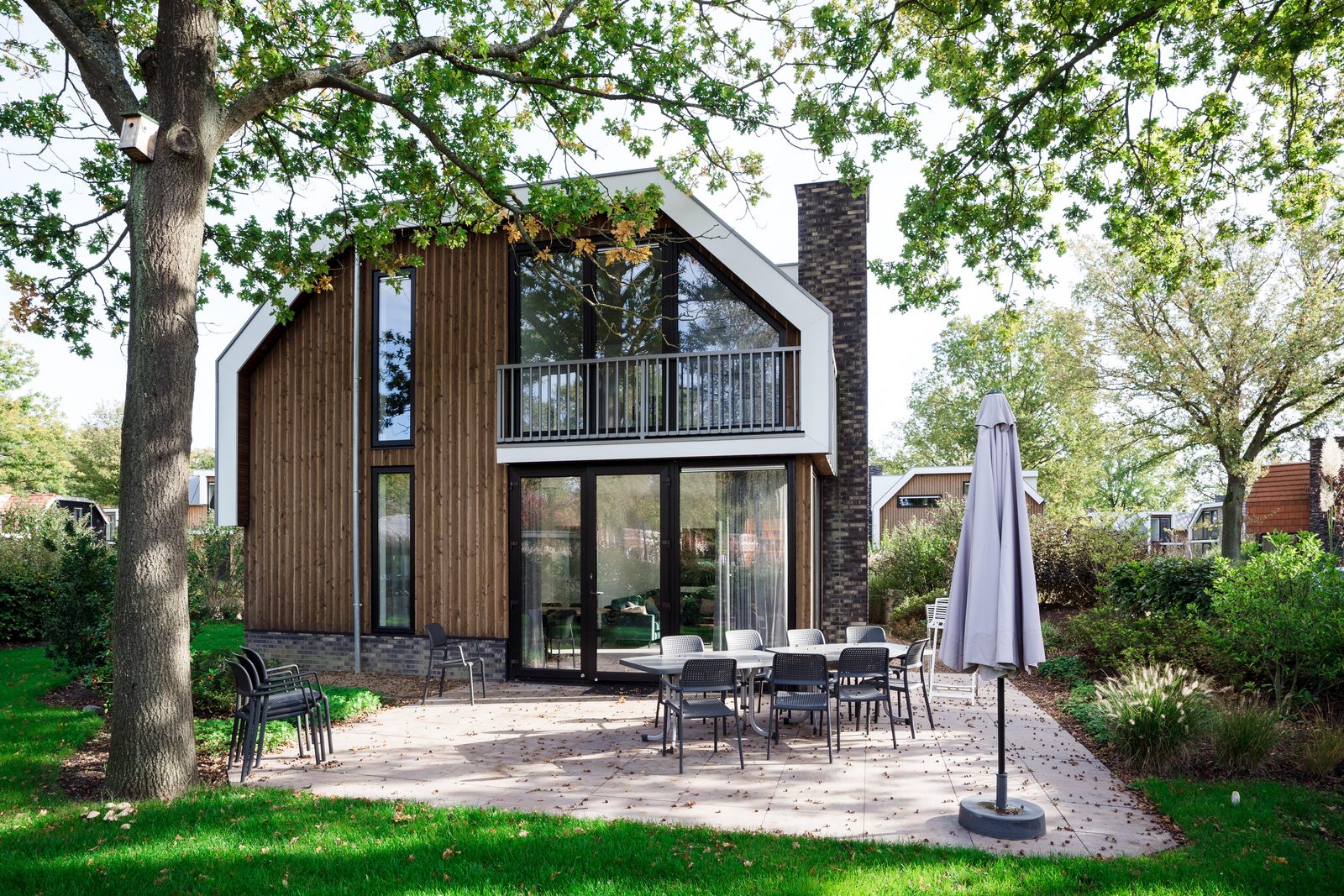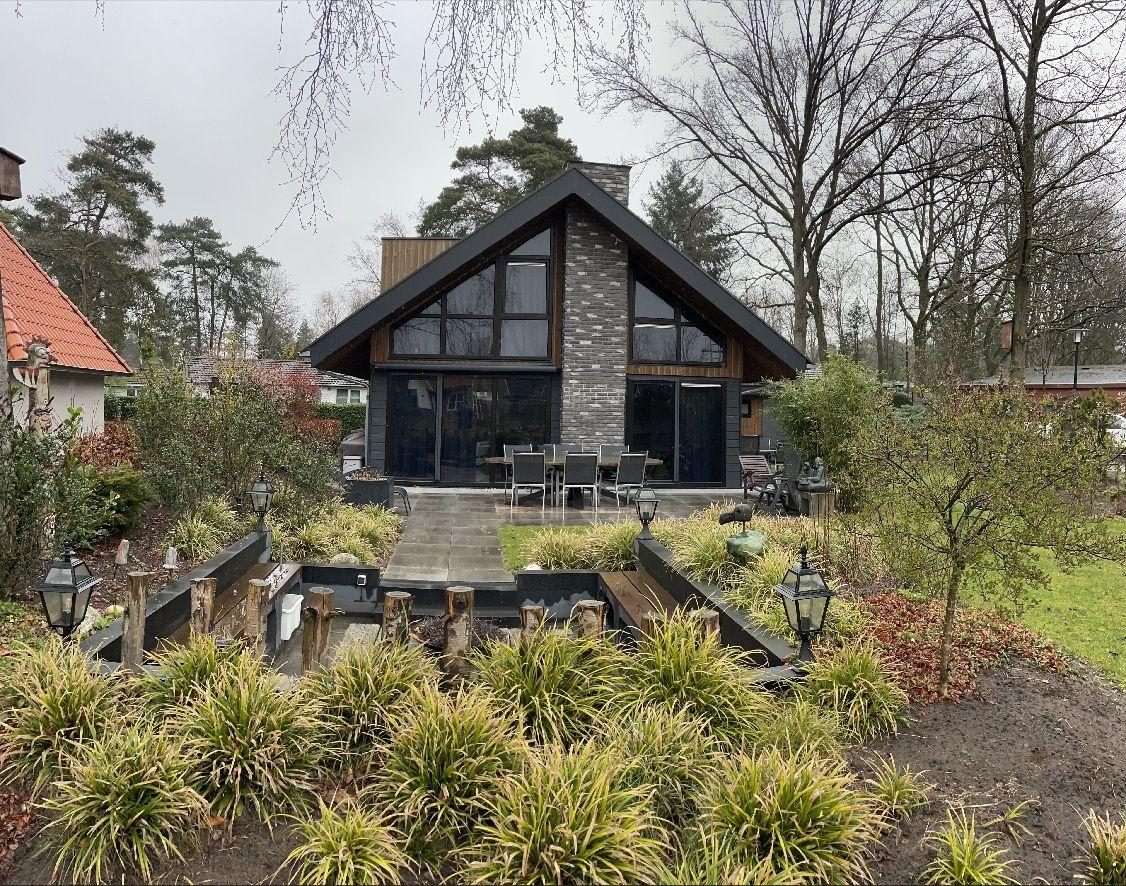- Laat een recreatiewoning op maat bouwen
- 20 jaar ervaring
- Zowel voor particulier als zakelijk
Een recreatiewoning laten bouwen
Of u nu op zoek bent naar meerdere (type) recreatiewoningen voor op een vakantiepark of naar een recreatiewoning op eigen grond. Bij International Chaletbouw is het mogelijk! Wij verzorgen daarnaast ook de complete levering. De vakantiewoning wordt namelijk geleverd, geplaatst en aangesloten. Bij de bouw van een vakantiewoning wilt u dat alles tot in de puntjes wordt geregeld en dat de woning van hoge kwaliteit is. Het gaat tenslotte om een woning waar veel in geleefd zal worden. Door onze jarenlange ervaring en de modernste bouwtechnieken kunnen wij in korte tijd premium woningen leveren. Wij kijken graag met u mee naar de mogelijkheden.
Een impressie van onze vakantiewoningen ⤵
Een vakantiewoning kopen bij International Chaletbouw
Onze vakantiewoningen worden prefab gebouwd. Naast dat wij bepaalde werkzaamheden in de fabriek gestandaardiseerd hebben, bent u volledig vrij om uw eigen vakantiewoning samen te stellen. Denk aan het aantal slaapkamers, de locaties van de ramen en deuren, wellnessopties, keuken met of zonder kookeiland en ga zo maar door. De kozijnen kunnen zowel van hardhout als van kunststof worden geleverd met bijvoorbeeld een erker of een panorama raam. Kies ook uw type dak; plat, lessenaars, zadel, piramide- of wolfsdak. Wilt u weten welke mogelijkheden er allemaal nog meer zijn?
Waarom International Chaletbouw?
- Kwaliteit, duurzaamheid en betaalbaarheid
- Ruim 20 jaar ervaring
- Voor particulieren en zakelijke markt
- Betrokken bij het hele proces
- Volledig naar eigen wens
Zakelijk of als particulier een recreatiewoning bouwen?
Uw recreatiewoning op maat
Bij een recreatiewoning op maat laten bouwen is communicatie en transparantie erg belangrijk. Samen doorlopen we daarom een aantal stappen, zodat u bij de oplevering helemaal tevreden bent over uw vakantiewoning. Eerst plannen we een gesprek om alle wensen rondom uw vakantiewoning vast te stellen. Als alle wensen zijn uitgesproken maken wij een eerste ontwerp. Wanneer het ontwerp akkoord is kunnen wij gaan beginnen met de bouw. Tussentijds kunt u altijd even langskomen om de voortgang van de bouw te bekijken.
Werken met duurzaam materiaal
Tegenwoordig wordt er door bouwers veel bezuinigd op zaken zoals geluids- en warmte-isolatie evenals op het chassis van de woning. Het chassis zit onder de vakantiewoning en is niet zichtbaar vanaf de buitenkant, maar is cruciaal voor de stabiliteit en levensduur van uw recreatiewoning. Door onze ervaring en vele woningen die we hebben gebouwd weten wij hoe we een hoogwaardige vakantiewoning kunnen afleveren met een lange levensduur. Door de hoge kwaliteit zijn onze woningen ook geschikt als mantelzorgwoning. Wij begrijpen dat de keuze voor een chaletbouwer een lastige keuze is. Voor welke chaletbouwer u ook kiest, laat u goed adviseren, wij bij ICB doen niets anders.
























































































































